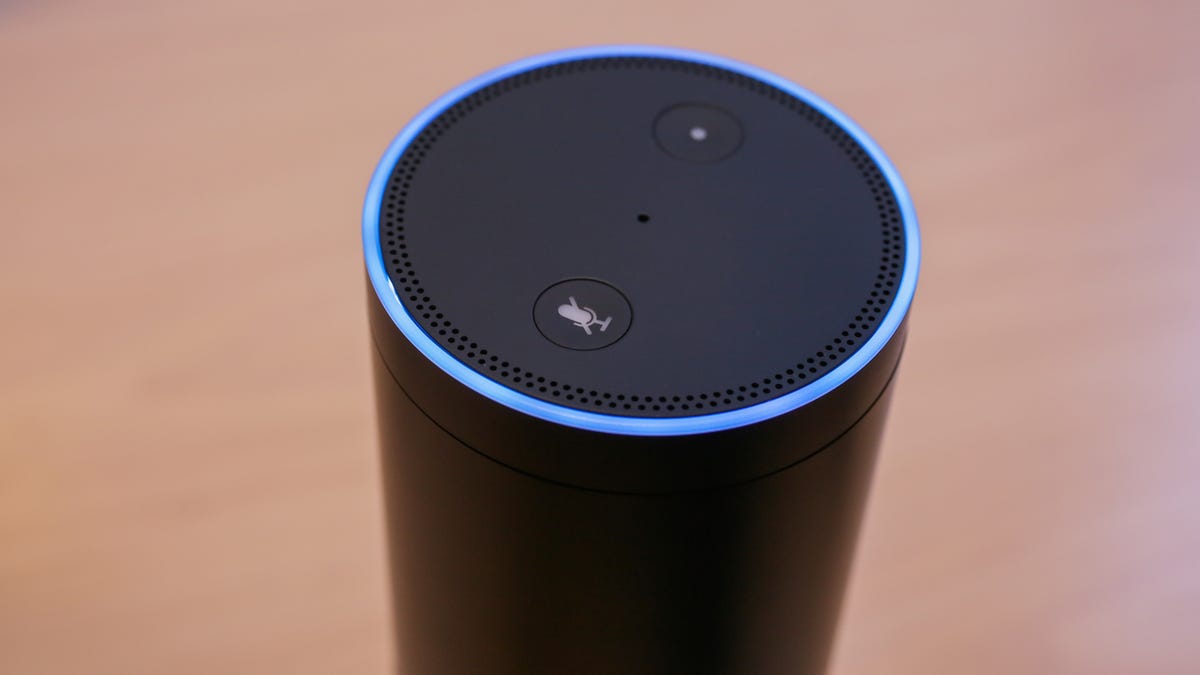
Today's cars have more advanced technology than ever before. These cars can all have embedded connectivity, GPS, telematics and many other features. If you're wondering what these new features can do for you, read on. We will also be looking at Android Auto and CarPlay. What are the advantages and disadvantages of these new features. What are the most effective options?
Embedded connectivity
There are many benefits to embedded connectivity in cars. It can provide real-time updates on road and weather conditions. It also improves vehicle-to-vehicle communications. The smartphone trend also allows drivers to track the location of their cars. The embedded connectivity allows drivers to remotely turn on climate control systems. The hardware is embedded in the car, and it creates a proprietary internet connection via a GSM module. Reliability is one of the most difficult problems connected cars face. Even though it seems like a great idea at first, there is still a risk of misinformation and poor communications.

Telematics embedded
Connected cars are becoming increasingly popular, making it harder for carmakers and manufacturers to make them. There are many options available and it can be difficult to choose the right telematics solution. There are many options available, and each has its pros and cons. Before you make a choice, be sure to learn about the differences between embedded telematics or brought-in systems. Here's a short overview of embedded telematics. It can be a great tool for your car.
CarPlay
Apple CarPlay allows iPhone users to access the iPhone's apps via their car's infotainment systems. These apps offer phone calls and text messages as well as navigation, audio entertainment and calendaring without even touching the device. CarPlay is similar to Google's Android Auto, and allows users access iPhone functions from their car's infotainment systems. CarPlay allows you to control iPhone functions with voice commands.
Android Auto
Android Auto is a simple way to connect your smartphone and your car. Android Auto allows you to access your phone via your car's multi-touch display. This application can be activated by pairing an Android phone with the autolaunch feature on the car's multimedia touchscreen display. Android Auto can be downloaded from the Google Playstore and installed in your car. After installing Android Auto, connect your phone to it via a USB cable. Once you've done this, you'll be prompted to give your phone permission to access your car's display.

Reliability
The future of mobility is connected to new wireless technologies that can be used in cars. For example, cellular 5G technology has the potential to enable new applications and countless new ways to stay connected. As a result, engineers are working on innovative ideas to improve in-car connectivity, such as driving synergy between communications and vehicular radar, and developing wide bandwidth radars that can resolve short distances. To speed up design, characterization, testing, and maintenance, engineers can use a platform-based approach.
FAQ
How long is an automotive mechanic apprenticeship
It takes approximately three years to complete an automotive mechanic apprenticeship. The apprenticeship includes two years studying at school and two more as an apprentice. The first year is spent learning all aspects of the trade, including theory, practical skills, and safety procedures. You will also learn to use tools efficiently and safely during this period. After the first year, a second year will be spent on-thejob training. This year you'll get experience in different trades. You'll have the opportunity to attend formal courses during these periods too.
The last year of your program will be spent earning qualifications and becoming certified. These include NVQs, which are obtained after passing industry-specific exams. Additionally, HNCs are Higher National Certificates that cover general subjects such management, customer service, and business administration. City & Guilds certificates offer qualifications in certain trades.
What is the difference between an automotive technician and a mechanic?
Both are related, but they are not the same. An automotive technician maintains cars, while a mechanic repairs them.
A mechanic must possess good manual dexterity, and be able perform simple tasks efficiently. A mechanic must be able diagnose and fix problems quickly and accurately.
An automotive technician must be more technically proficient than a mechanic. They must be able to read blueprints and use tools such as drills and wrenches.
They must also be able to carry out complex procedures safely. They should also be familiarized with the different types of engines as well as electrical systems.
They must also understand the interplay of different parts.
As a result, mechanics typically make less than technicians. But there are many opportunities for both jobs.
How can I prepare for a apprenticeship as a mechanic?
It is vital to be able to comprehend what you are doing. You should be familiar with the mechanics of cars, and how they work. This way, you know where to start when you go on your first day at the garage.
You also need to know how to fix simple problems such as broken lights, tires, etc.
This article will show you how to diagnose and fix issues.
To put the pieces back together, you will also need to understand how they fit together.
Finally, you should be able use tools safely.
These things will enable you to be a competent mechanic.
Statistics
- The U.S. Bureau of Labor Statistics (BLS) reports that the job outlook for automotive service technicians and mechanics is expected to decline by 4% from 2019 to 2029. (indeed.com)
- According to the BLS, total auto technician employment is expected to exceed 705,000 by 2030. (uti.edu)
- According to the BLS, the median annual salary for automotive service technicians and mechanics in the United States was $44,050 in May 2020. (uti.edu)
External Links
How To
How to correctly diagnose your vehicle for repairs
Before you can determine if your car requires repairs, it's important to first analyze the symptoms. Then, follow these steps to diagnose your vehicle properly.
-
Check engine lights. You should inspect the dashboard lights, such as the engine light indicator and the oil pressure gauge. Also, check the battery light indicator. It could indicate that your vehicle is having problems.
-
Inspect the tire treads. Tires that are worn can cause issues with handling and braking. Also, inspect the treads of your wheels. They should be clean, and they should be smooth. You can do this by taking off the wheels. To check the condition of your treads, use a flashlight.
-
Check the level of brake fluid. You must always monitor the level of your brake fluid. This will ensure that your brakes run smoothly. If your brake fluid level is low they might not work properly when you apply pressure.
-
Check the suspension system. Most vehicles have a suspension system that absorbs shocks and vibrations. It provides better control and allows smoother acceleration and deceleration. If your vehicle has a suspension problem, it might feel wobbly or shake uncontrollably. If you are unsure if your vehicle is suffering from a suspension problem, put weight on the front and rear axles to check the movement.
-
Examine the steering column. The steering column connects the steering wheel to all other components of the vehicle. Many accidents can cause damage to steering columns. You should replace your steering column if it feels loose or unstable.
-
The exhaust pipe should be observed. The exhaust pipe helps move gases from a combustion chamber into the atmosphere. If the exhaust pipe is damaged or leaks, harmful fumes can enter your cabin. Additionally, your tailpipe should be fixed immediately if it is bent.
-
Look under your hood. Check under your hood for any unusual or missing components. Your engine could be leaking fluids. You should also contact a professional technician if there is an unusual odor coming from the engine compartment.
-
You should inspect your air filter. The outside environment can collect dust and other debris in your vehicle's air filters. A dirty filter can lead to a poor vehicle's performance. Replace your air filter regularly.
-
Check the fan belt. The fan belt that connects your vehicle to the transmission is called the engine fan belt. If it breaks, the engine won't turn over. It's easy to replace the belt. You only need a screwdriver or pliers to replace your belt.
-
Verify the radiator hoses. The radiator hose is used to carry water from the radiator to your engine. If it becomes cracked or damaged, it can leak hot liquid onto the engine. You only need a pair of needle-nose pliers and a small wire brush to repair the hose.
-
Check the windshield wipers. Windshield wipers work by using electricity to remove rain and snow. If they stop working, they could leave streaks on your window glass. To fix the problem, simply change the washer fluid.
-
Make sure you check the cables. The battery cables supply power to your car's electrical systems. Before you change batteries, disconnect the positive cable. Failure to do so can damage your alternator.
-
Pay attention to your headlights. Headlights are used to illuminate the road ahead. It can lead to poor visibility if they aren't working properly. To determine if your bulbs are out of date, check them.
-
Check the lights. When you approach them at night, the lights warn other drivers. You may be distracted by the light and end up in an accident.
-
Check your brakes. Before you have a collision, brakes slow down your car. You could lose control of the car and cause a crash if they don't work properly.
-
Check the oil regularly. Your engine will stay lubricated by the oil. It protects metal parts and prevents them from wearing too quickly. It is recommended to change the oil each month.